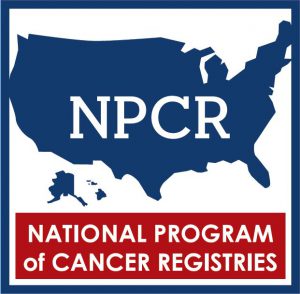Putting Cancer Data in the Fast Lane
Posted on by
Time for a pop quiz! Can you answer these questions:
- Which kind of cancer causes the most deaths in the United States?
- Women in which racial or ethnic group are most likely to get cervical cancer?
- At what age are people most likely to get colorectal cancer?
The answers are: lung cancer, Hispanic women, and people who are 85 years old or older. How do we know? And why is this information important?
“I’m often asked questions like this by my friends and family,” says Dr. Lisa Richardson, director of CDC’s cancer division. “I’m rarely asked how we collect these data, and how we use data to help people.”
Why It Takes 2 Years to See the Data
Suppose your doctor tells you that you have cancer. The law requires your doctor and the laboratories and hospitals they work with to report certain information about you, your cancer, and your treatment. This information is like one piece of a puzzle. Another group, called a central cancer registry, is in charge of putting all of the puzzle pieces together.
All of the central cancer registries in the United States check the information they get to make sure it’s correct and complete. Since nearly 2 million new cases of cancer are diagnosed each year, this process takes a lot of time.
About 2 years later, the data from all central cancer registries are combined into the US Cancer Statistics. The data are then posted online in the Data Visualizations Tool.
How a Modern Computer System Can Speed It Up
Health departments, researchers, and others use US Cancer Statistics data. They track cancer trends, do research, and plan ways to help prevent cancer and see if those plans are working. That’s why it’s important to collect cancer data quickly.
CDC looks for ways to help central cancer registries speed up this process. One important way is to replace the individual computer systems that central cancer registries use with a single system that is cloud-based. That means it is available on the Internet.
This new cloud-based computer system will make the information available almost as soon as it’s entered. You—and your doctor and researchers—will know how cancer rates changed in your area last year, instead of 2 or 3 years ago. That information can help save lives.
More Information
- How CDC Speeds Up Cancer Data Reporting
- How Cancer Registries Work
- Blog post: Cancer Registry Data: In the Clouds
Related Research
- Pursuing data modernization in cancer surveillance by developing a cloud-based computing platform: real-time cancer case collection
- Population health informatics can advance interoperability: National Program of Cancer Registries electronic pathology reporting project
- Using informatics to improve cancer surveillance


Post a Comment